Top Plagiarism Detector Tools for Academic Integrity and Originality
Understanding Plagiarism and Its Impact
Plagiarism, the act of using someone else’s work without proper attribution, can have dire consequences in academic and professional settings. In an age where digital content is abundant and accessible, understanding plagiarism and its implications is more crucial than ever. Not only does it harm the reputation of the individual involved, but it also undermines the integrity of the education system and research community. A plagiarism detector serves as a valuable tool in identifying such unethical practices, thereby fostering trust and authenticity in various fields of work.
What is Plagiarism?
Plagiarism can be defined as the unauthorized use or close imitation of the language and thoughts of another author and representing them as one’s own original work. It encompasses a broad range of actions, including:
- Copying text from books, articles, or websites without citing them.
- Using someone else’s ideas or research findings without acknowledgment.
- Paraphrasing poorly or not at all without giving due credit to the source.
- Presenting group work as individual work.
- Substituting oneself as the author of someone else’s work.
The seriousness of plagiarism has led educational institutions and organizations to establish stringent guidelines and disciplinary measures to combat this issue.
The Consequences of Plagiarism
The ramifications of plagiarism can be severe, affecting both individuals and institutions. Key consequences include:
- Academic Sanctions: Students caught plagiarizing may face penalties ranging from failing grades on assignments to expulsion from their programs.
- Professional Repercussions: In the business world, plagiarism can lead to job termination and a damaged reputation. It may also result in legal actions, especially in cases of copyright infringement.
- Crisis of Credibility: For academics and researchers, being linked to plagiarism can tarnish their credibility and deterrent future collaborations or funding opportunities.
Institutions also suffer from diminished reputations when incidents of plagiarism become widespread, indicating a lack of emphasis on academic integrity.
Why Use a Plagiarism Detector?
Given the potential consequences, utilizing a plagiarism detector becomes an essential practice for students, teachers, and professionals alike. Key reasons to employ such tools include:
- Ensuring Originality: Plagiarism detectors help verify the originality of a piece of work, providing reassurance that the content is unique.
- Avoiding Unintentional Plagiarism: Many cases of plagiarism arise from ignorance or forgetfulness regarding proper citation practices. Detectors can help identify these instances before submission.
- Building Academic Integrity: Regular use of plagiarism detection tools fosters a culture of honesty and responsibility in academic and professional environments.
Features of Effective Plagiarism Detectors
Real-Time Scanning Capabilities
An effective plagiarism detector should be equipped with real-time scanning capabilities, allowing users to check documents as they are being created. This feature helps catch instances of unintentional plagiarism early in the writing process. By integrating seamlessly with word processors or providing browser extensions, these detectors can alert users to potentially problematic content before it is finalized.
User-Friendly Interfaces
The user experience should not be overlooked when selecting a plagiarism detector. A user-friendly interface enhances usability, ensuring that users can quickly navigate the tool without being bogged down by overly complex instructions. Simple functionality—such as dragging and dropping files or easy copy-paste options—can streamline the process and encourage more frequent use.
Detailed Reporting and Metrics
Once the scanning process is complete, detailed reporting becomes essential. Effective plagiarism detectors provide users with a comprehensive report that highlights areas of concern. Metrics such as originality percentage, identified sources, and specific instances of text matching allow users to understand the extent of the plagiarism, why it occurred, and how to rectify it. Some advanced tools even offer insights on citation practices and the need for revisions.
Comparing Popular Plagiarism Detector Tools
Overview of Major Competitors
Numerous plagiarism detection tools populate the market, each boasting unique attributes that cater to different user needs. A few notable options include:
- Grammarly: Renowned for its grammar checking capabilities, Grammarly also features an AI-powered plagiarism detection tool that enhances the writing process.
- Turnitin: Widely used in educational institutions, Turnitin offers comprehensive plagiarism detection alongside feedback on writing quality.
- DupliChecker: This free tool provides users with quick and easy plagiarism checks with minimal fuss, perfect for students on a budget.
- Scribbr: Aiming at students and researchers, Scribbr’s plagiarism checker is noted for its accuracy, particularly with heavily edited documents.
Unique Features and Pricing Models
When choosing a plagiarism detector, it’s important to consider both unique features and pricing models:
- Grammarly: Offers a free basic service, with advanced features available through subscription plans starting from $11.66/month.
- Turnitin: Primarily available through institutional licenses, pricing varies based on the number of licenses required and institution size.
- DupliChecker: Completely free for basic usages, with a premium plan offering additional features at a minimal cost.
- Scribbr: Pricing is tiered based on word count, providing a transparent pricing structure tailored to student needs.
User Reviews and Recommendations
User feedback can often offer insight into a plagiarism detector’s effectiveness. Positive reviews frequently highlight speed and accuracy, while negative ones may indicate issues with user experience or customer support. Evaluating user reviews allows prospective users to make informed decisions based on real-life applications.
How to Choose the Right Plagiarism Detector
Assessing Your Needs
Everyone has different needs when it comes to plagiarism detection, influenced by factors such as discipline, frequency of use, and budget. Considerations can include whether you need a tool primarily for personal use, as part of an educational institution, or for professional purposes. Assessing your unique requirements will help narrow your options effectively.
Considering Budget and Accessibility
Plagiarism detectors come with varying pricing structures—some are entirely free, while others may involve significant subscription fees. When choosing, consider not only the cost but also accessibility—whether you need access through a web-based platform, mobile app, or integration with writing software. This ensures you chose a tool that fits comfortably into your routine.
Trial Versions and Demos
Many plagiarism detection tools offer trial versions or demos, allowing potential users to test the features before committing. This is an invaluable opportunity to experience the interface, performance, and reporting capabilities firsthand, helping ensure the detector fits your specific needs.
Best Practices When Using a Plagiarism Detector
Interpreting Results Accurately
Understanding how to interpret the results from a plagiarism detector is vital. It’s crucial to not only focus on the percentage of matched text but to analyze where the matches occur and determine if they signify true cases of plagiarism or mere coincidences due to common phrases. Recognizing this nuance can aid in making necessary amendments or attributions.
Incorporating Feedback into Writing
Feedback from plagiarism detectors should be used constructively. If instances of similarity with existing sources are flagged, address them by rewriting passages or correctly attributing the original works. Furthermore, learning from each analysis can improve future writing efforts, ensuring originality while also enhancing the quality of content.
Maintaining Academic Integrity in Your Work
Finally, the overarching goal of using a plagiarism detector is to maintain academic integrity. Upholding principles of honesty involves giving appropriate credit, understanding the value of original thoughts, and respecting the hard work of others. Regular use of these tools can bolster one’s commitment to integrity and originality in both academic and professional endeavors.
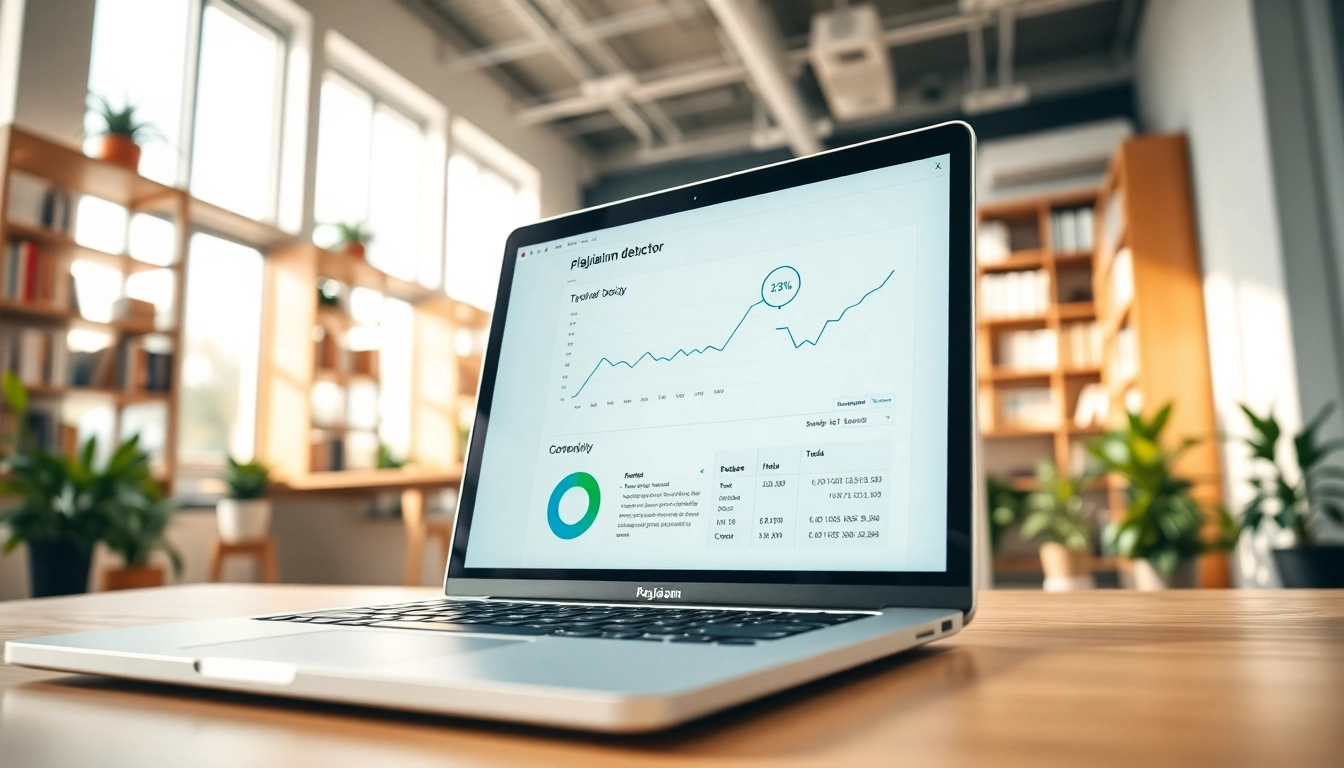


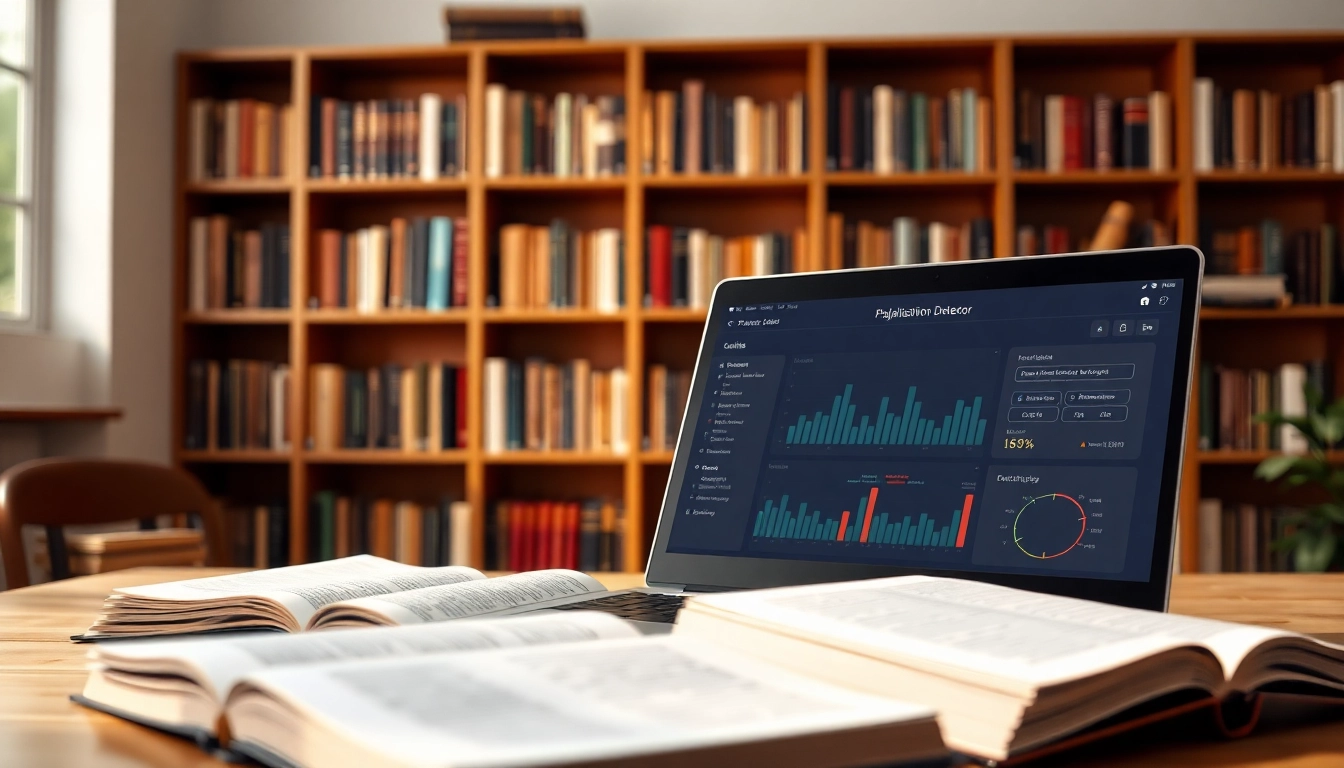






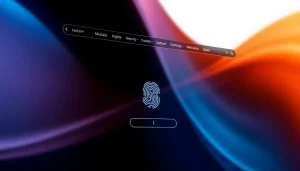
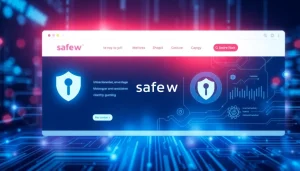
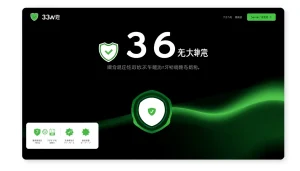
Post Comment